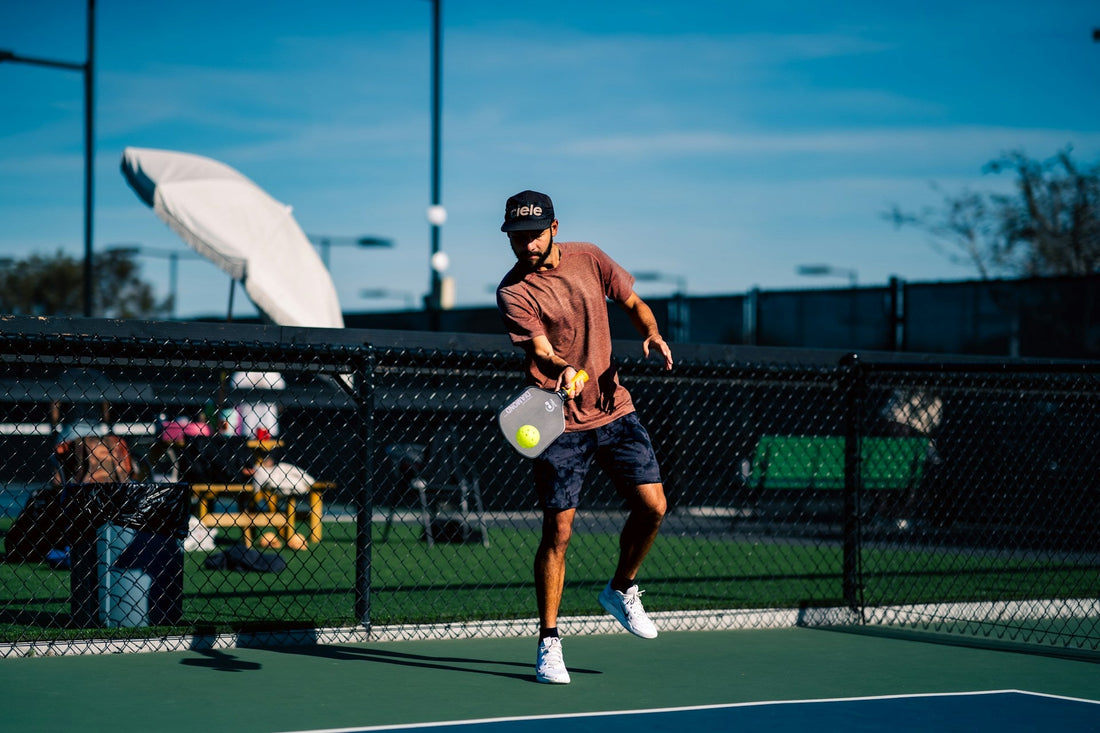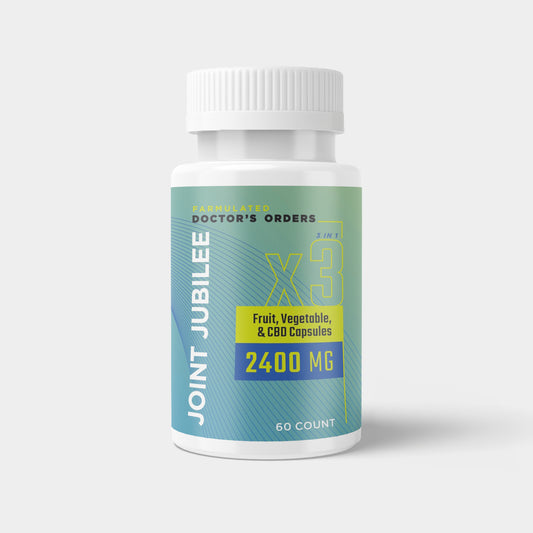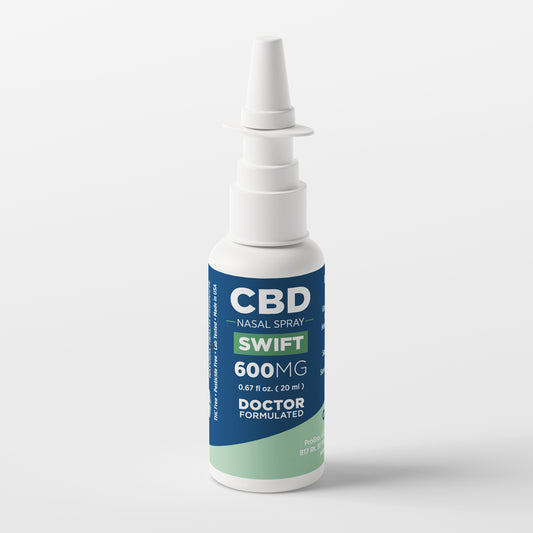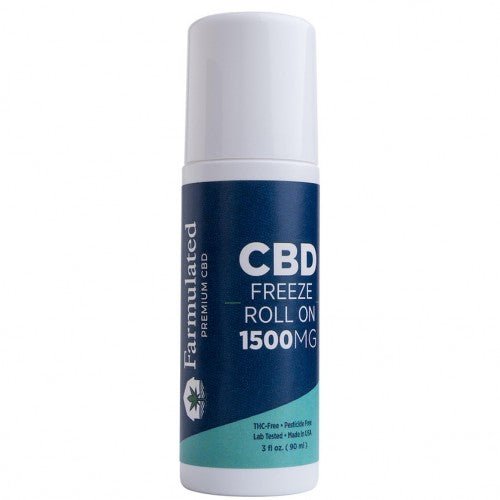Playing pickleball can be exciting and beneficial for your health, but knee pain is a common complaint among players of all ages. In this complete guide, you'll learn the primary causes of knee pain associated with pickleball, effective prevention strategies, and proven methods for managing knee discomfort so you can stay on the court longer. Discover more tips and resources on our CBD product page.
Understanding Pickleball Knee Pain: Common Causes and Risks
Knee pain is common among pickleball players due to specific movements and risks associated with the game. Quick movements, sudden pivots and stops, as well as high-impact knee bending and lunging during gameplay can all contribute to discomfort.
Why Knee Pain Is Common Among Pickleball Players
The nature of pickleball involves fast directional changes, which put significant stress on the knee joint. Players often experience knee pain as a result of overstretching or injuries caused by the sport's dynamic movements.
Factors Increasing Your Risk for Knee Injuries
Several factors can increase your risk of knee injuries while playing pickleball. These include wearing improper footwear or playing on a hard surface, having previous knee injuries or pre-existing conditions, and various playing styles that can lead to overexertion. Additionally, age-related changes to joint health can exacerbate these risks. Consider using CBD Freeze Roll-On Gel for relief.
Types of Knee Injuries Commonly Experienced in Pickleball
Understanding the types of knee injuries can help you recognize symptoms early and seek appropriate treatment.
Patellar Tendonitis ("Jumper's Knee")
This injury involves inflammation of the patellar tendon and is common among players due to repeated jumping and sudden stops. Symptoms often include pain in the kneecap area during activity.
Meniscus Tears
Meniscus tears can occur from twisting movements or heavy lifting. Symptoms may include swelling, pain, and difficulty moving the knee. The injury is often a result of quick pivots made during play.
Sprains and Ligament Strains
Sprains and strains can affect various ligaments in the knee, including the ACL and MCL. Recognizing the symptoms, such as swelling and instability, can help players seek medical advice sooner.
How to Prevent Knee Pain on the Pickleball Court
Prevention is key for minimizing knee pain and injuries as a pickleball player.
Importance of Warm-Up and Stretching Exercises
Engaging in a proper warm-up routine and stretching can prepare your knees for the game. Recommended pre-game stretches specifically targeting areas around the knees can improve flexibility and reduce the risk of injuries.
Selecting the Right Footwear and Equipment
Choosing the appropriate shoes with adequate support, cushioning, and grip can greatly influence your knee health. Furthermore, playing on suitable surfaces can diminish the impact on your knees.
Strengthening and Conditioning Exercises to Protect Knees
Incorporating exercises like squats and lunges can help build knee strength. A focus on hip and core stability is equally vital, as these areas support knee function. Establishing a training routine that emphasizes these elements is beneficial. Find effective aids at our topical CBD collection.
Technique and Playing Style Adjustments
Utilizing safe movement techniques can significantly minimize injury risk. Adjusting your playing style to avoid sudden movements can further aid in preventing knee injuries.
Recognizing When to Seek Professional Medical Help
Knowing when to seek medical advice is crucial for long-term knee health.
Signs That Your Knee Pain Requires Medical Attention
If you experience persistent or worsening knee pain, along with swelling, instability, or limited mobility, it’s important to consult a healthcare professional.
What to Expect from Medical Consultation and Treatment
During a medical consultation, expect a physical exam and possibly imaging tests. Treatment options may range from physical therapy to medications and sometimes surgical intervention.
Managing Pickleball Knee Pain at Home and On the Go
There are effective home treatments for managing knee pain that can aid recovery.
Immediate Treatment Using R.I.C.E. Method
The R.I.C.E method involves Rest, Ice, Compression, and Elevation. Following these steps can help alleviate immediate discomfort and promote healing.
Appropriate Use of Over-the-Counter Remedies
Over-the-counter medications can be effective in managing knee pain. However, understanding safe application methods is critical to avoid further issues.
Supporting Recovery With Knee Braces, Supports, and Taping
Utilizing supportive devices like knee braces can provide additional stability. Understanding which type of brace or taping technique to use can enhance recovery.
Returning to Play After Knee Pain or Injury
Getting back on the court requires caution and proper planning.
When Is It Safe to Resume Playing?
Safe indicators for returning to play include diminished pain and restored mobility. Listening to your body is essential.
Gradually Increasing Intensity and Monitoring Progress
When you feel ready to play again, gradually easing back into your routine can help monitor any ongoing discomfort.
Prevention Strategies Post-Injury
After returning to play, continuing to focus on warm-ups, stretching, and maintenance is critical for long-term health.
Real-Life Examples of Recovery and Injury Prevention in Pickleball
Learning from others can provide valuable insights into effective recovery strategies.
Case Study: Personal Stories from Players Who Overcame Knee Injuries
Many players have successfully navigated their way back from knee injuries. Their lessons and tips can be a guiding light for others experiencing similar issues.
Insights and Recommendations From Orthopedic Specialists and Trainers
Consulting with orthopedic specialists yields practical recommendations for preventing and managing knee injuries effectively.
In Conclusion
Knee pain doesn't have to keep you away from pickleball if you understand how to prevent, recognize, and manage it effectively. By incorporating proactive measures such as proper warm-ups, strength training, appropriate footwear choices, and smart recovery techniques, you can minimize knee issues and ensure a safe, enjoyable playing experience. For further guidance, consider downloading our helpful PDF checklist of knee-friendly warm-up exercises or recommended products on our website.





